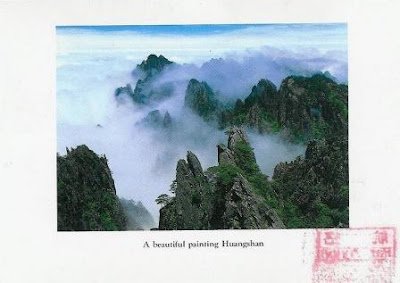I love smaller, charming and historical towns. Chefchaouen fits perfectly these categories!! I really want to visit a few places in Morocco and after seeing pictures of this town, I want to go there too. Celina says is really worth to visit.
Chefchaouen is a small charming city of about 40,000 inhabitants located in northeastern Morocco near the Mediterranean Sea. Situated in the heart of Morocco's Rif Mountains, Chefchaouen is a tourist’s delight with affordable accommodations, and above all, a picturesque town set against the dramatic backdrop of the Rif Mountains filled with white-washed homes with distinctive, powder-blue accents.
The city of Chefchaouen was founded in 1471. Located in an enclave difficult to access it dominated the mercantile route between Tetuan and Fez and served as a base to restrain the entrance and influences of the Portuguese of Ceuta. During the 15th and 17th century the city prospered and grew in considerable form with the arrival of the Moriscos and Jews who were expelled from Spain. In 1920, the Spanish seized Chefchaouen to form part of Spanish Morocco. Spain returned the city after the independence of Morocco in 1956.
VISIUM societé d'imagerie
Chefchaouen was painted blue by the Jewish refugees who lived there during the 1930's. The beauty of Chefchaouen's mountainous surroundings are enhanced by the contrast of the brightly painted medina (old town). It is this beauty and the relaxed atmosphere of the town that makes Chefchaouen very attractive to visitors. The main square in the medina is lined with cafes and filled to the brim with locals and tourist mingling easily.
Chefchaouen is a popular shopping destination as well, as it offers many native handicrafts that are not available elsewhere in Morocco, such as wool garments and woven blankets. The goat cheese native to the area is also popular with tourists. - in: http://www.amusingplanet.com/2012/08/chefchaouen-blue-city-of-morocco.html






















